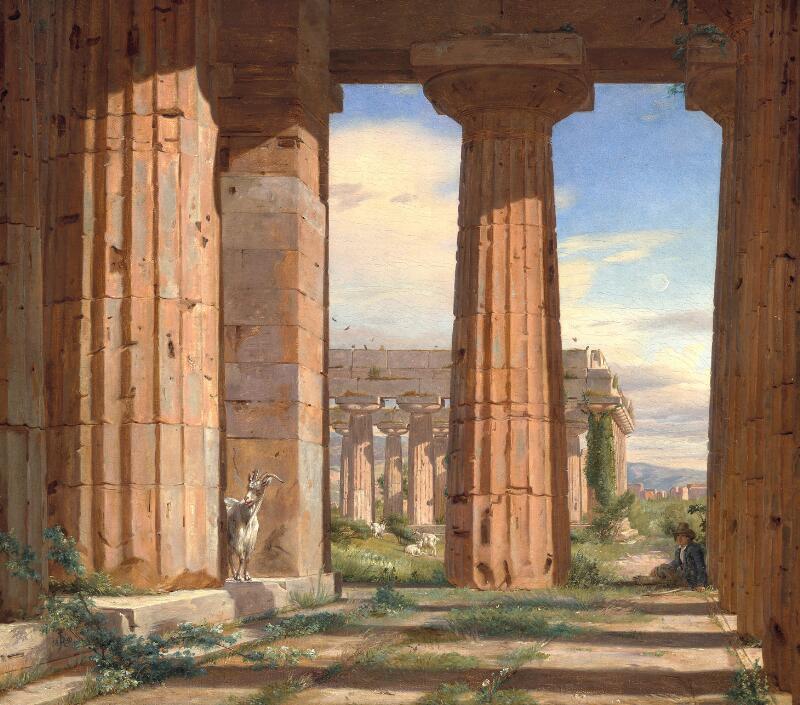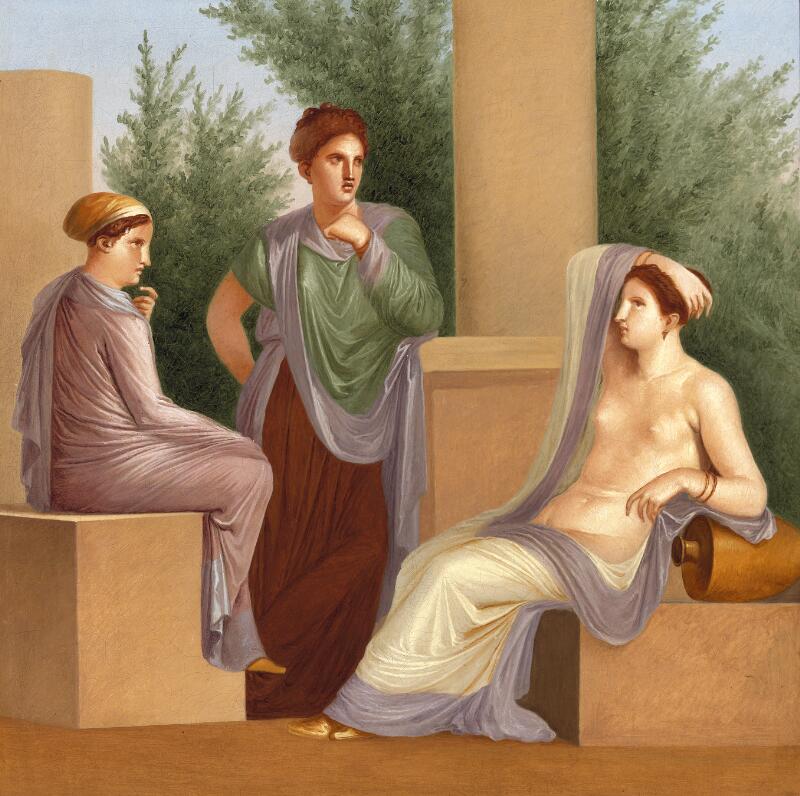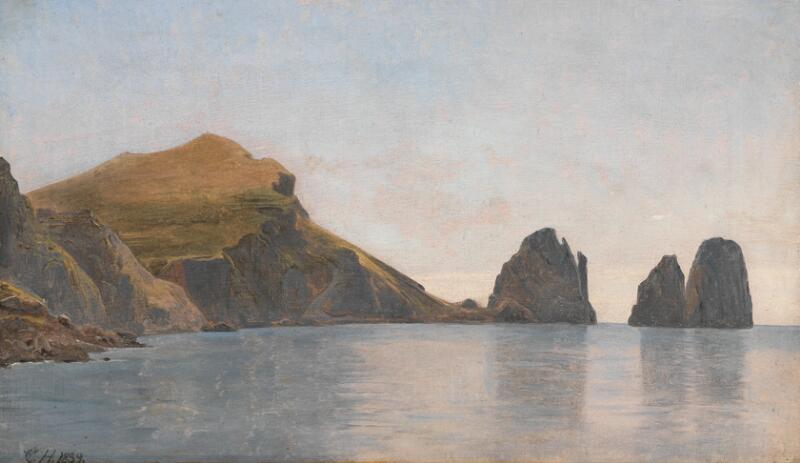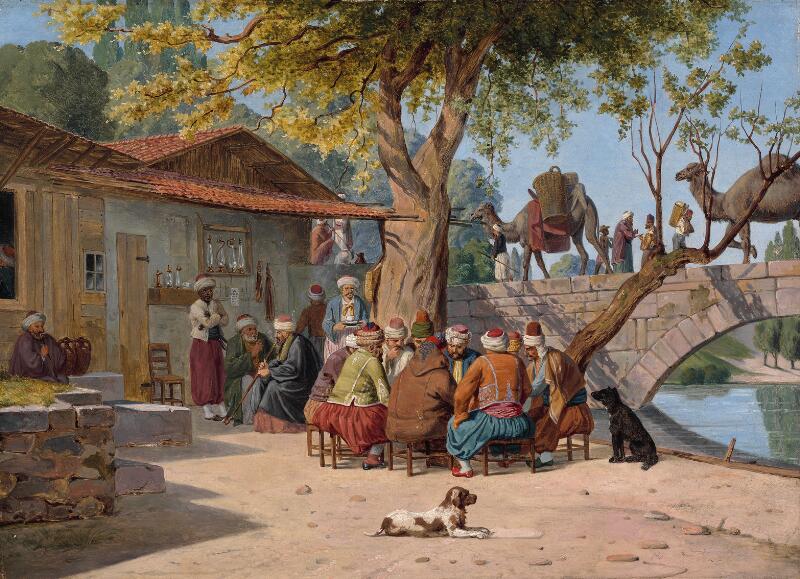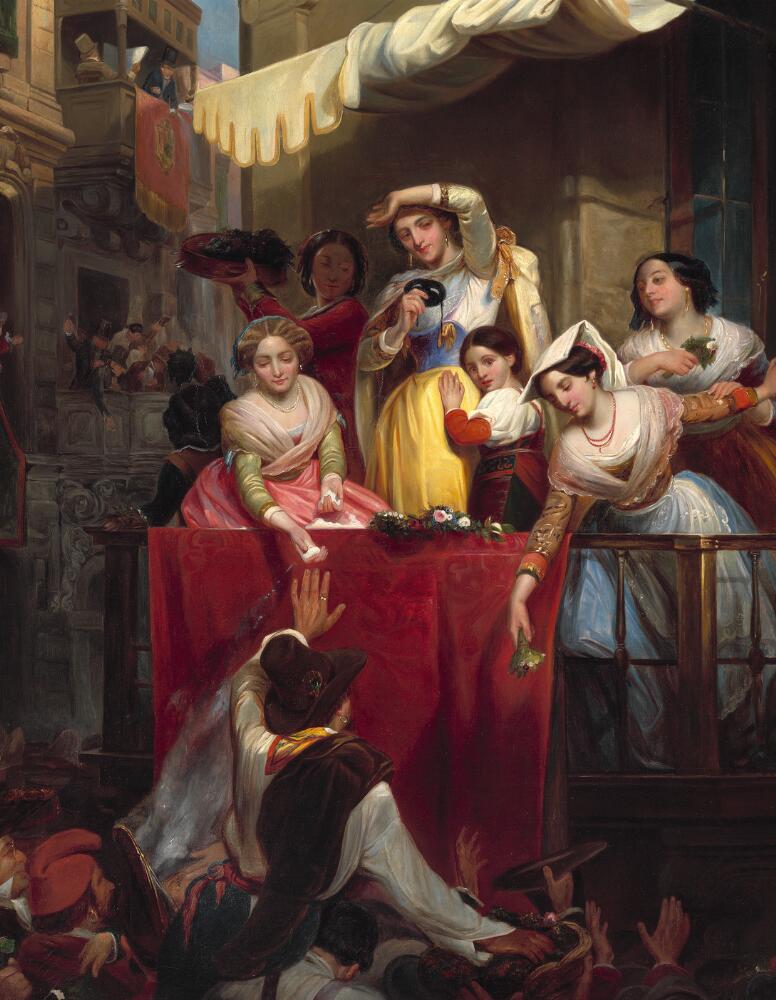Lust and Scholarships - Travel Fever in the Danish Golden Age
Crystal clear waters, sun-drenched architecture and picturesque public life. During the Danish Golden Age, the country’s artists felt a great sense of wanderlust, and they travelled extensively to countries around the Mediterranean to find artistic inspiration. We now present a number of paintings from this part of the world by some of the period's leading figures.
At the autumn Live Auction in Copenhagen, you get to see several examples of the Danish Golden Age painters' interest in foreign lands. In the first half of the 19th century, Denmark experienced a flourishing art and spiritual life despite – or perhaps by virtue of – the otherwise great societal upheavals of the time, including a national bankruptcy, major losses of land and an extensive firebombing of Copenhagen during the Napoleonic wars. The national spirit was in dire need of rebuilding, and artists and writers worked to make this happen to a degree that has caused the period to be seen as one of the richest in Danish cultural history. Patriotism, however, was not the only thing that ran in the veins of the Golden Age painters.
Feeling the Wind Beneath One’s WingsThey also felt a pronounced degree of wanderlust and longed for warmer climates. As part of their education as artists, many travelled to Southern Europe to learn more about foreign cultures, study antiquity and find new exotic motifs. Part of the story is that at that time it was considered a necessity for an ambitious artist to go out into the world, and they received financial support in the form of travel grants from competitions, foundations and patrons. |
|
|
|
|
|
Rome was then the centre of art, and most Danish Golden Age painters stayed in the Italian capital during their travels. Here they could meet other artist colleagues during their long journeys and study a plethora of cultural treasures of antiquity simply by taking a walk through the city streets. At the same time, they could experience the rich public life of people in the city squares. As a result of the means of transportation at the time, the journeys were long and taxing, and therefore the artists often stayed abroad for several years at a time. It was on these journeys that they were inspired to make some of the most famous paintings of the Danish Golden Age. |
Public Life in the OrientAs one of the few Danish artists, Martinus Rørbye made it all the way to the Orient. He arrived in December 1835 to the ancient city of Smyrna (present-day Izmir) in western Turkey. In the artist's diary notes, he writes about his enthusiasm for the place and the diverse cultural impressions. The cold was apparently the only thing that kept him from achieving a major artistic output during the visit. |
|
|
"In the morning I strolled again to the Ponte del Caravani, it was my intention to draw a little; but it is still almost too exciting here. One has hardly gotten over seeing a quaint figure or object before something even more marvellous appears. Long rows of camels (…), everywhere peculiar costumes, and very beautiful surroundings. In the afternoon we strolled around the Bazars (…) We were also in a Turkish Café.
Martinus Rørbye, notes in diary from Smyrna, December 1835.
|
|
At the auction, we present Rørbye's eminent depiction of the local everyday life entitled "Scene of public life in the Orient" from around 1838. Here we are greeted by a group of men in traditional Turkish clothing and headwear. They sit at an outdoor café in deep concentration around a table, but the object of their concentration is not revealed to the viewer. A waiter serves coffee, and a man smokes a pipe. On the bridge in the background, we see a couple of dromedaries carrying goods on their backs, while a few dogs watch the whole scenario from the foreground. Rørbye has braved the cold and no doubt drew sketches on the spot, which he later worked on in this painting up for auction.
From Capri to Paestum and RomeAnother well-known Danish Golden Age painter is Constantin Hansen, who was born in Rome and maintained a close relationship with Italy throughout his entire life. In 1839 he went to Naples and the surrounding area, and at the auction he invites us to the cliffs of Capri and the sea around the island. His travel companion in 1839 was his colleague Christen Købke, who was deeply interested in the world of antiquity and provides us with an insight into his experiences of frescoes from Herculaneum with a depiction of three women in classical robes. The year before, in 1838, Constantin Hansen met the painter Jørgen Roed, and he takes us on a trip to the temple of Poseidon in the ancient city of Paestum on a sunny day with a fascinating architectural painting. The painter Wilhelm Marstrand visited the melting pot of art in Rome on several occasions, and at the auction you will find several of his Italian motifs, including a festive depiction of Romans at a carnival. |
|
|
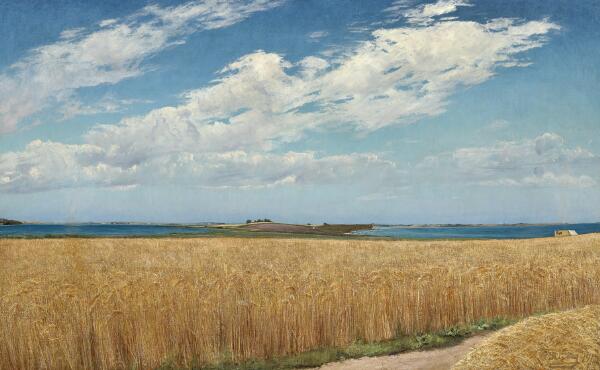
For further information, please contact:
Julie Arendse Voss: +45 8818 1123 · jav@bruun-rasmussen.dk
Birte Stokholm: +45 8818 1122 · bst@bruun-rasmussen.dk
